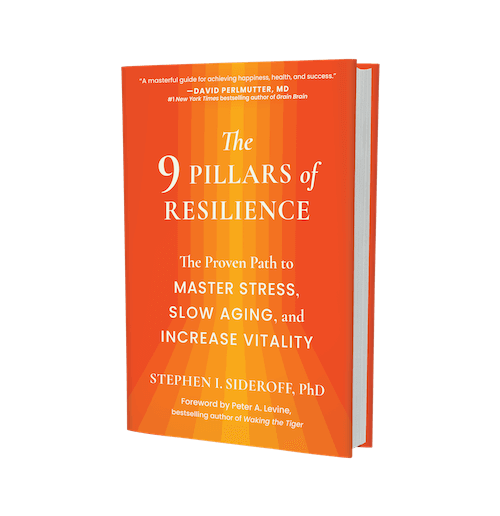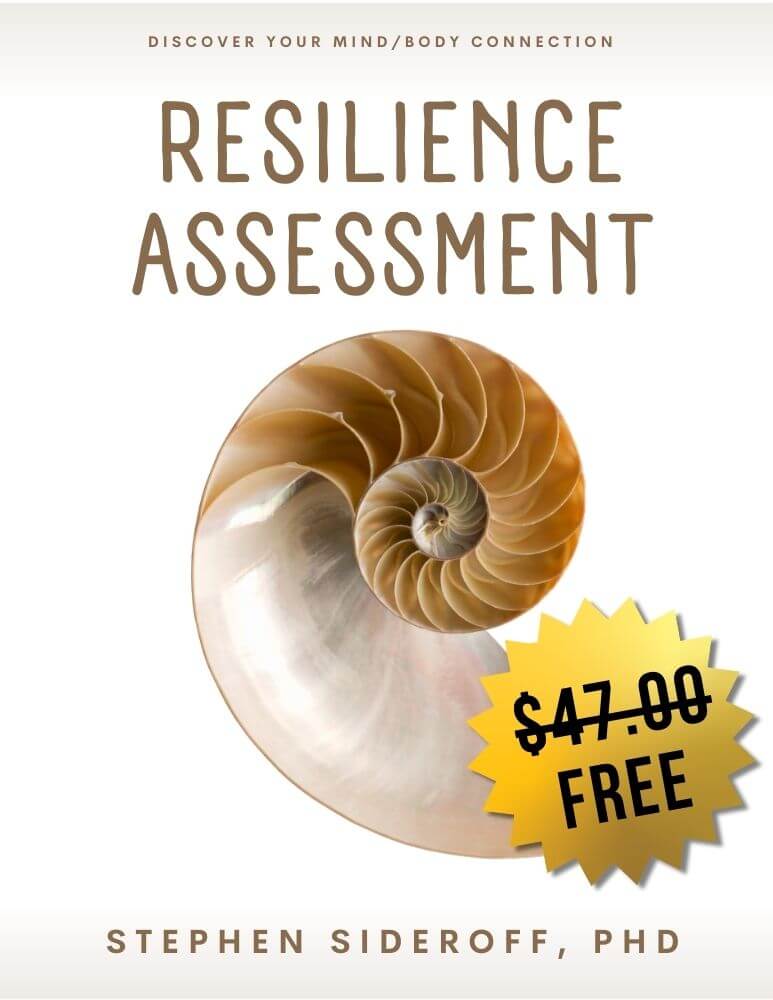Guidelines to support your healthy and effective decision making.
How do you make your choices?
There are many reasons why it can be difficult to make a decision and choose what to do in your day and life. So much to do and so little time. Even when you have set priorities, there is always something that gets in your way. Think of all the judgments you make causing you to hesitate in taking action, along with the fear of failure or a mistake, resulting in procrastination. Is there an approach – a way of thinking and being – that will support you making the best choice in every situation? A way of thinking that helps you deal positively and effectively with any choice you make? I believe there is. It’s what I refer to as “Right Thinking”.
The Negativity Handicap
Expectation is like a silent and often unconscious dress rehearsal for moving forward in your life. Expectation can pull you forward, or it can hold you back, leaving you indecisive. But what’s this expectation based on? Much of the time it’s based on previous mistakes, a stressful, anxious or negative experience, or the ongoing messages from your negatively-biased internal voice.
The memory of many of our experiences is burdened by stress and anxiety that led up to them, and then by the judgments of how we performed – after the event. The accumulation of these negatively tinged experiences colors expectation and creates resistance. Decision making is thus a real challenge.
The Primitive Gestalt Pattern
Your “Primitive Gestalt Pattern” (PGP) is the product of how you have learned to frame your world, including yourself in that world. It is the summation of lessons learned and assumptions made as you grew up. A disregard by a parent can be interpreted as not being good enough. Observing ongoing anxiety by a parent can be interpreted to mean that the world is dangerous.
These and other messages become the training for your internal voice or internal parent – neurophysiologically and neuroanatomically encoded in the development of your brain – that then carries these messages into adulthood.
Furthermore, some of these messages and your reactions predate language and understanding. These then become embedded in your body, becoming the “feelings” that get triggered and influence your experience. Except, while it’s an old feeling being triggered, causing uneasiness, you will look around your environment expecting to find danger in the present. Because these lessons are part of your survival learning, they are deep and powerful.
As a result, your PGP locks you into childhood adaptive patterns, that don’t adjust to new and current lessons and therefore are never correct. (Lessons can sometimes be correct, just as a broken clock is correct twice every 24 hours.)
Guided by these lessons and your PGP, it is difficult to experience, in a healthy or clear manner. Instead, your reactions are hampered by emotions, anger, danger and pre-existing bias. These factors contribute to impaired decision making.
What supports clear, focused and objective decision making?
We can begin the support of good decision making, by emphasizing that “emotional reactivity” is the opposite of right thinking. Emotional reactivity is when some emotion that gets triggered by an event, unconsciously biases decision making. Emotions and feelings are a very important part of life, but not during decisions. Therefore, it goes without saying that good decisions require objectivity – assessing a situation exactly for what it is, without any bias.
Here are Nine Components of “Right Thinking” Based on my Nine Pillars of Resilience and Success:
1. Shifting from your old internal voice and listening to a healthy internal parent coming from love, acceptance, compassion, support and care. Practice speaking to yourself from this perspective.
2. Decisions involving other people require two components, a. following the Golden Rule – do unto others as you would have them do unto you – and b. setting appropriate and flexible boundaries balancing self-protection with vulnerability.
3. Care and concern for community and giving back, and choices/actions that support your purpose and life meaning.
4. Taking into account the messages you are getting from your body. This includes resting when fatigued, and taking time to recover after a stressful experience.
5. Being aware of judgment and any prejudice that will distort decision making, including a tendency to look for what can go wrong, as well as a racial bias. And looking for the positive perspective in any situation.
6. Not allowing fear or negative emotions such as anger, to influence your decision making.
7. Bringing yourself fully present and focused in the moment for best engagement of your prefrontal cortex during decision making. This can be facilitated by a few deep breaths, letting the air out slowing. This technique becomes much more effective if practiced.
8. Making sure you are not stuck in closed – old – thinking, and that you are utilizing all relevant new unbiased information in your decision making.
9. Grounding yourself in your competencies and abilities that help you engage positively. And coming from a perspective of abundance, not scarcity.
Conclusion
“Right thinking” points you in the direction of a successful life. Right thinking supports living a life of excellence. You remember in school when you took an exam or got your grades at the end of a year, the best students received grades of “A” or Excellent. They were typically the students earmarked for great things in life. You can be that student. You can live every day at the level of excellence, and source your results from this grounding. I refer to this as being on The Path.

